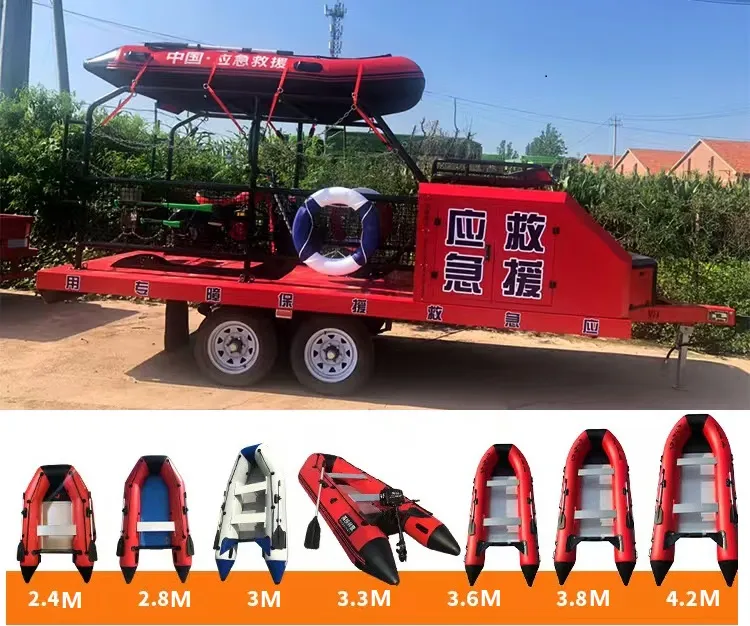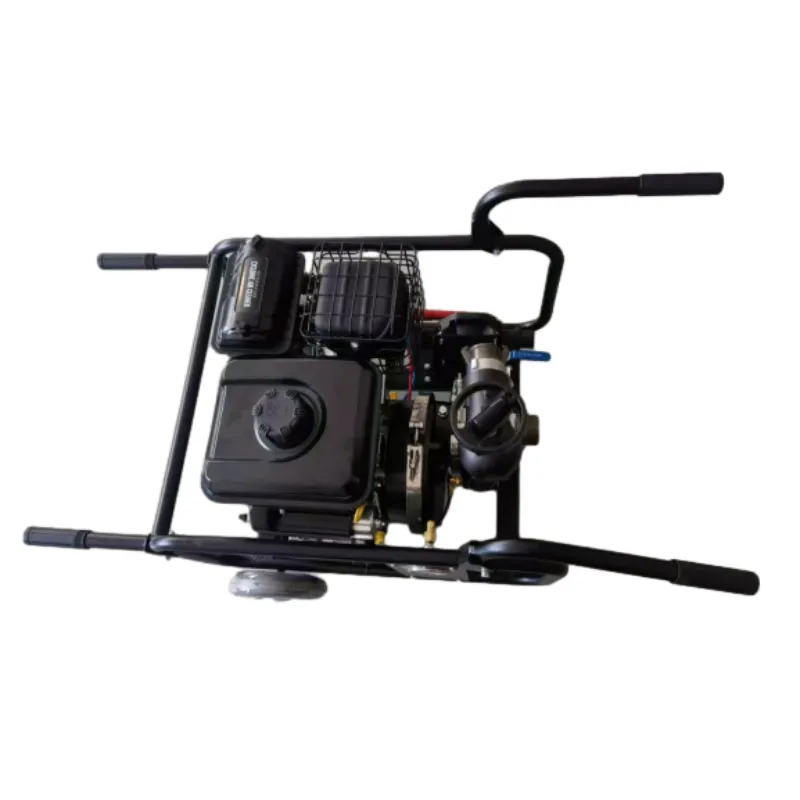

Trustworthiness in the performance of a fire water pump is non-negotiable. Routine inspections and timely maintenance are as essential as the initial installation. Fire pumps often lie dormant for extended periods but are expected to spring into action without fail when needed. Therefore, monthly churn testing is recommended to ensure that the pump and its components are in perfect working condition. Additionally, annual flow tests simulate emergency conditions to authenticate that the pump can deliver the requisite flow and pressure. Authoritative brands in the market often back their reputation with solid R&D and customer testimonials. Companies like Grundfos, KSB, and Pentair have set benchmarks for quality and consistency. Selecting products from such brands often ensures a good balance of durability, efficiency, and advanced functionalities. Users benefit from operational reliability and network support, ensuring assistance and parts are available when required. Beyond the technical spectrum, investing in a high-quality fire water pump transcends its immediate function. A robust system raises the overall safety profile of a building, influences insurance premiums favorably, and can enhance property value. It reflects a proactive approach to risk management, vital for high-rise buildings, industrial plants, and commercial complexes. In conclusion, while the realm of fire water pumps is complex, the blend of the right expertise and the choice of quality equipment forms the backbone of any effective fire safety strategy. Settling for sub-par products or installation services compromises not just compliance but, more importantly, safety and lives. By adhering to industry best practices and maintaining rigorous upkeep, one ensures that the fire water pump stands ready to perform its critical duty when the stakes are highest.





























